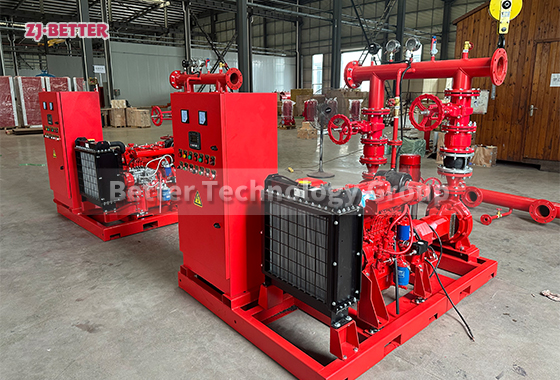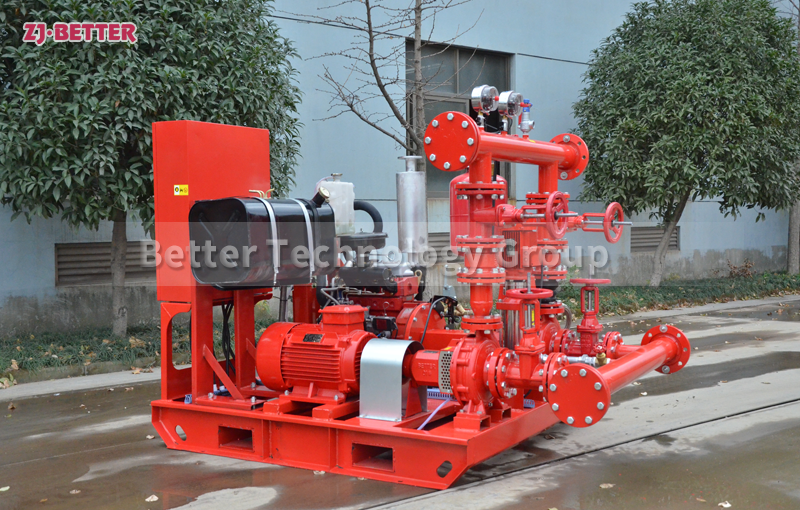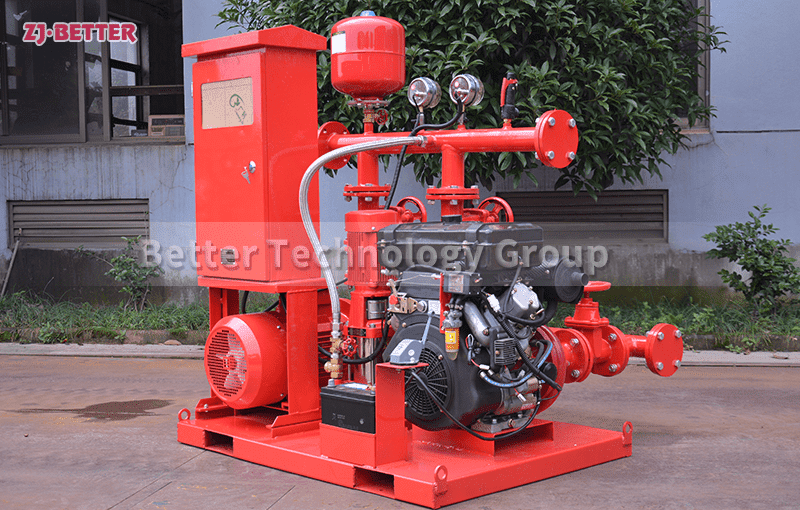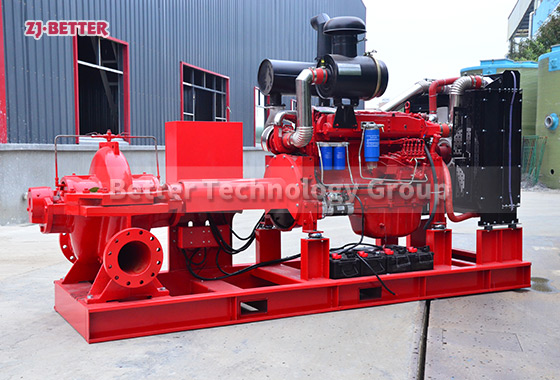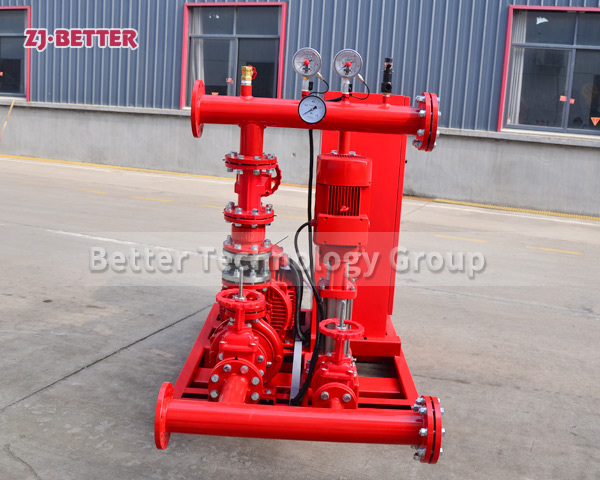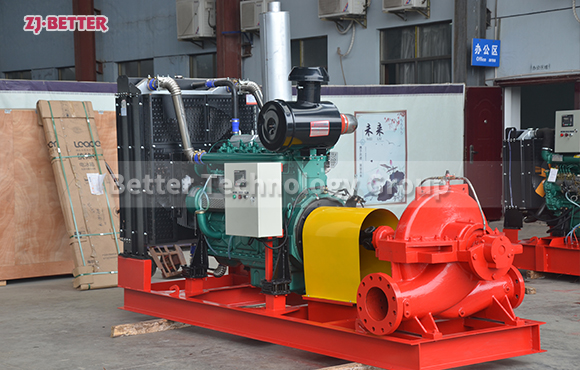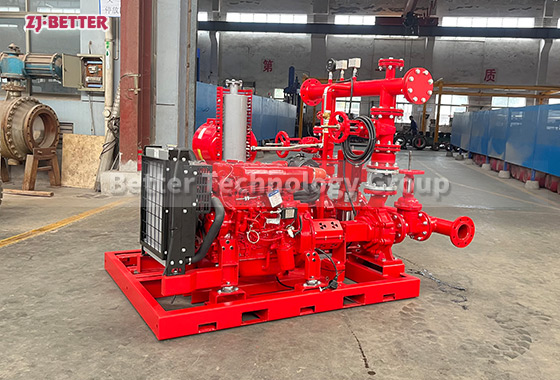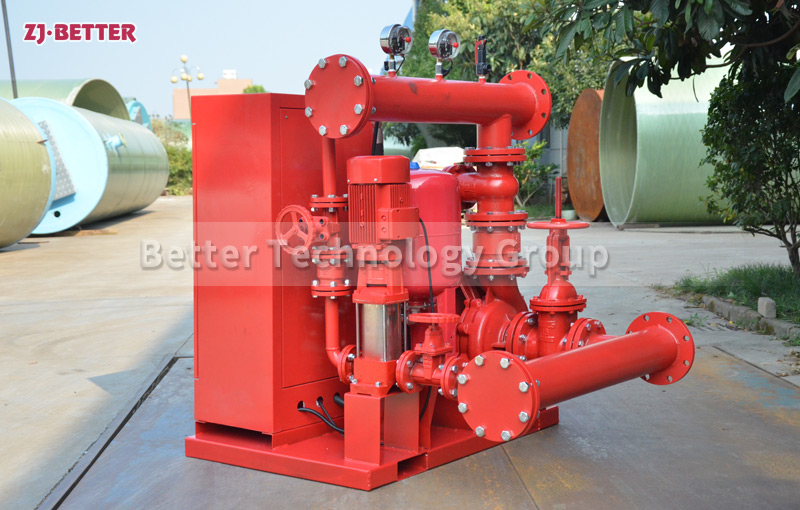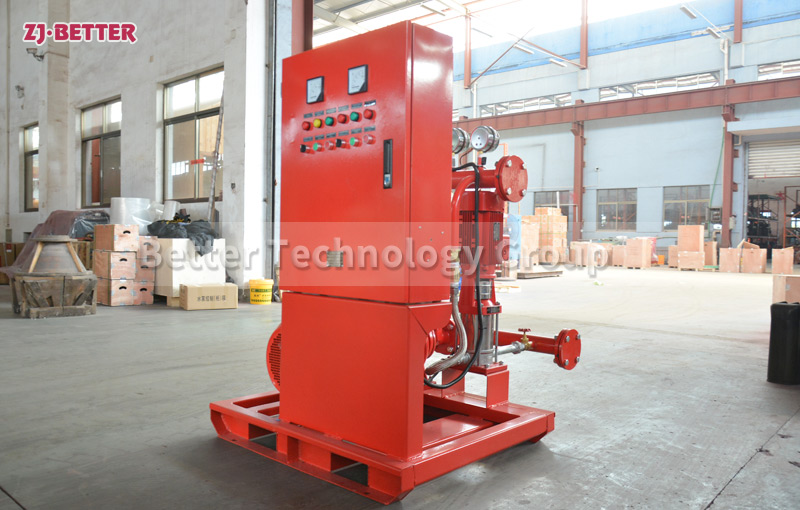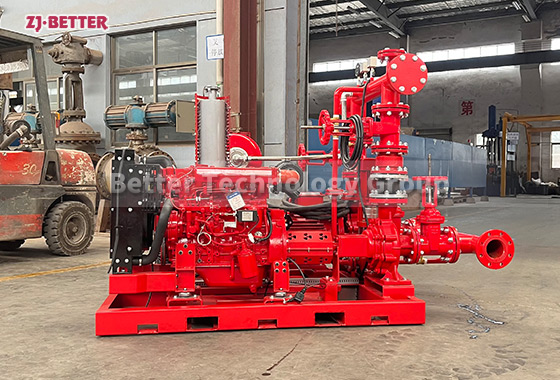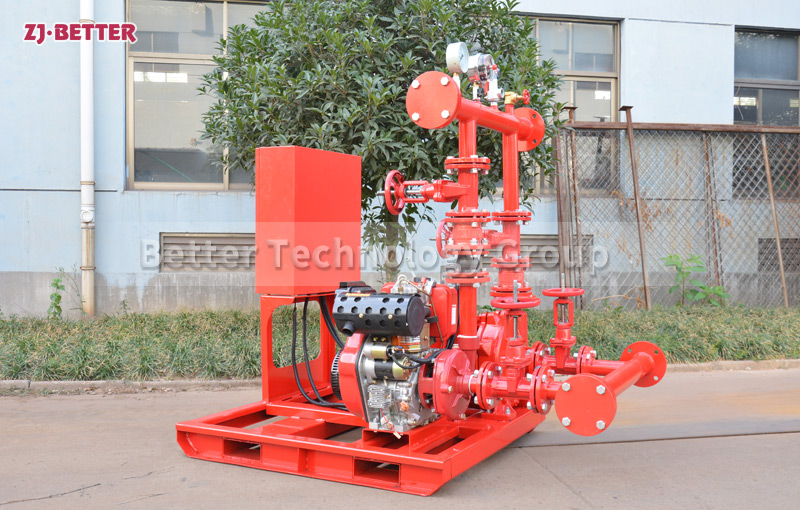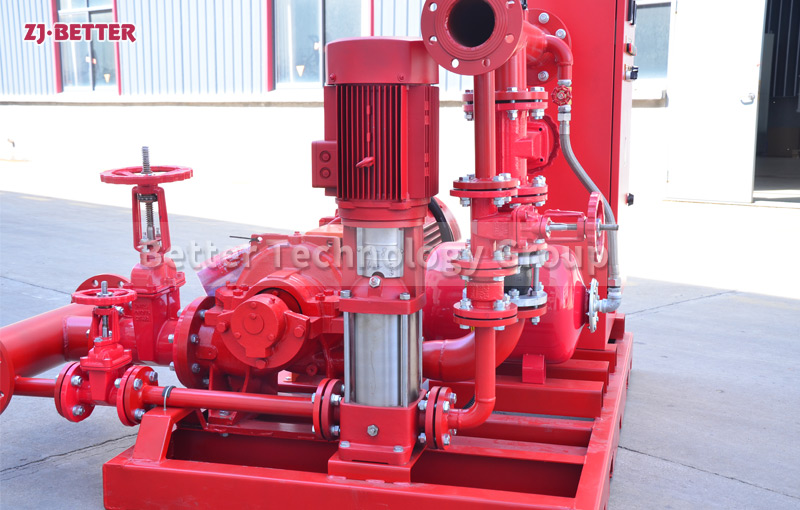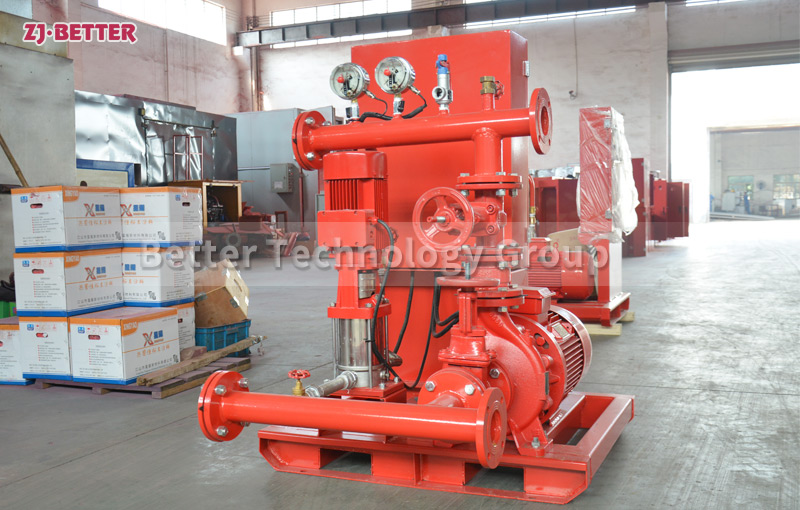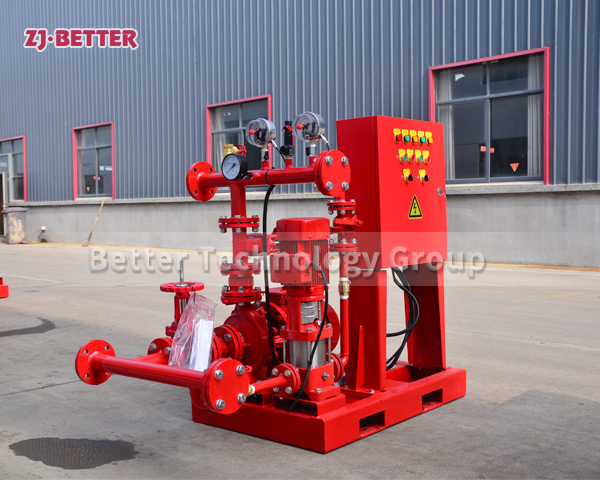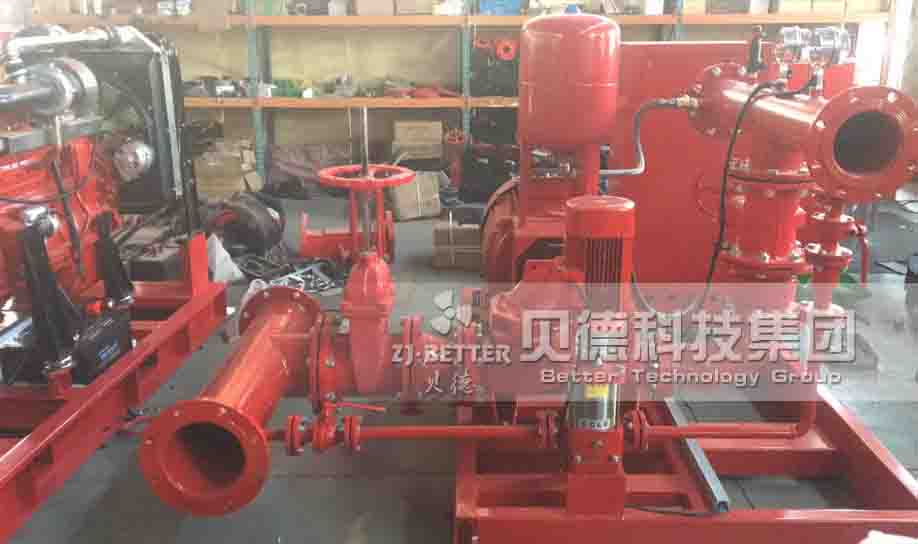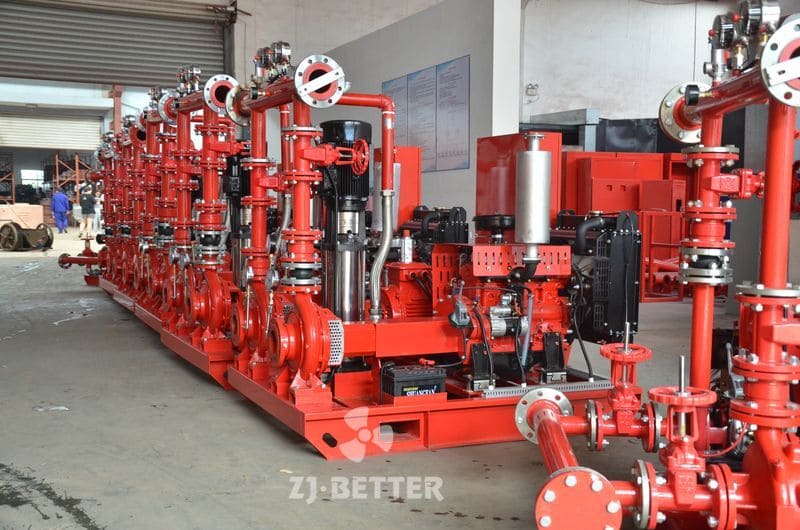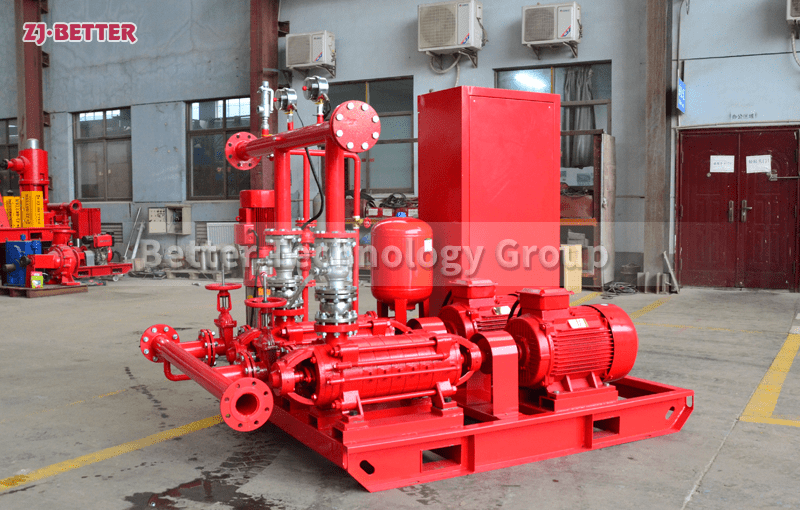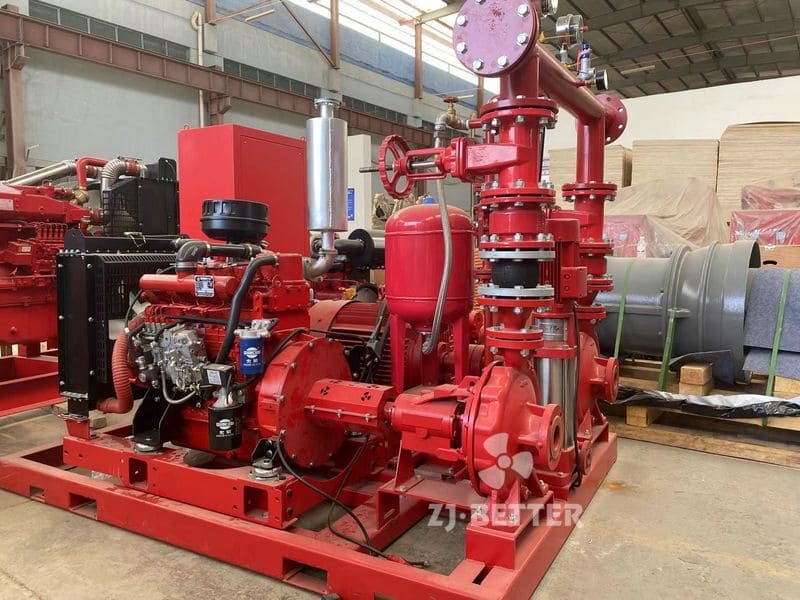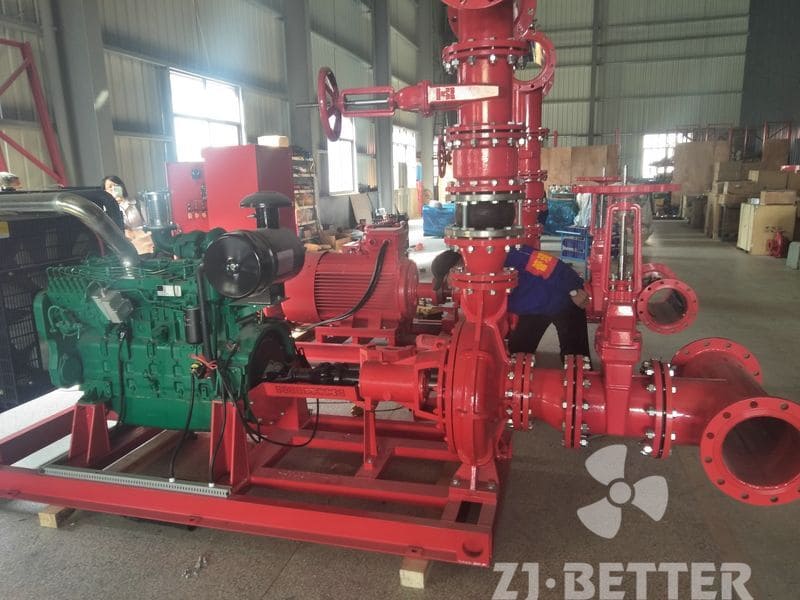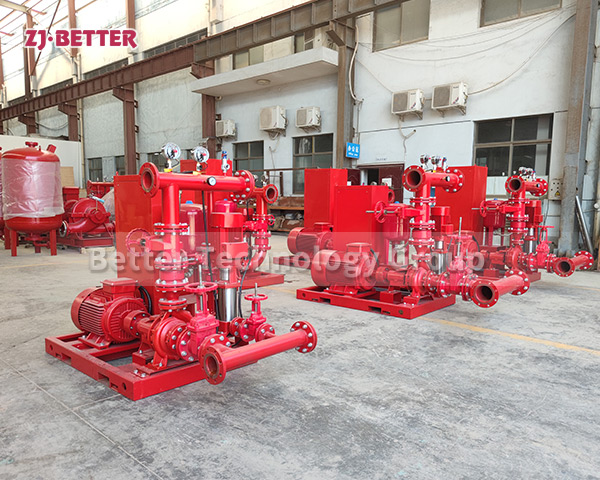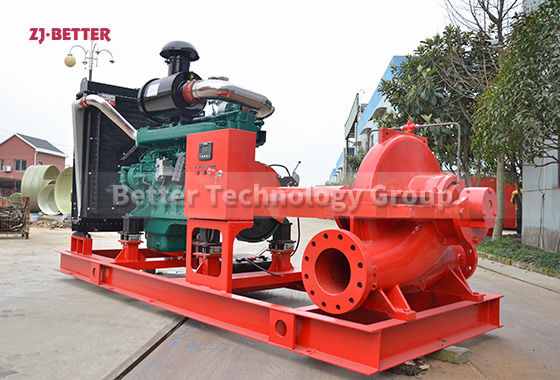What are the challenges of maintaining fire pumps in areas with limited technical support?
In areas with limited access to technical support and specialized maintenance services, maintaining fire pumps can be challenging. These pumps require regular inspections, testing, and maintenance to ensure they function correctly in an emergency. In remote or underserved areas, finding qualified technicians and replacement parts can be difficult, leading to longer downtime and increased risk of system failure. To mitigate these challenges, fire pump systems in such locations are often designed with redundancy and built-in diagnostics to facilitate remote monitoring and troubleshooting. Training local staff to perform basic maintenance and leveraging online resources for support can also help ensure that fire pumps remain operational even in areas with limited technical support.
In areas with limited access to technical support and specialized maintenance services, maintaining fire pumps can be challenging. These pumps require regular inspections, testing, and maintenance to ensure they function correctly in an emergency. In remote or underserved areas, finding qualified technicians and replacement parts can be difficult, leading to longer downtime and increased risk of system failure. To mitigate these challenges, fire pump systems in such locations are often designed with redundancy and built-in diagnostics to facilitate remote monitoring and troubleshooting. Training local staff to perform basic maintenance and leveraging online resources for support can also help ensure that fire pumps remain operational even in areas with limited technical support.

